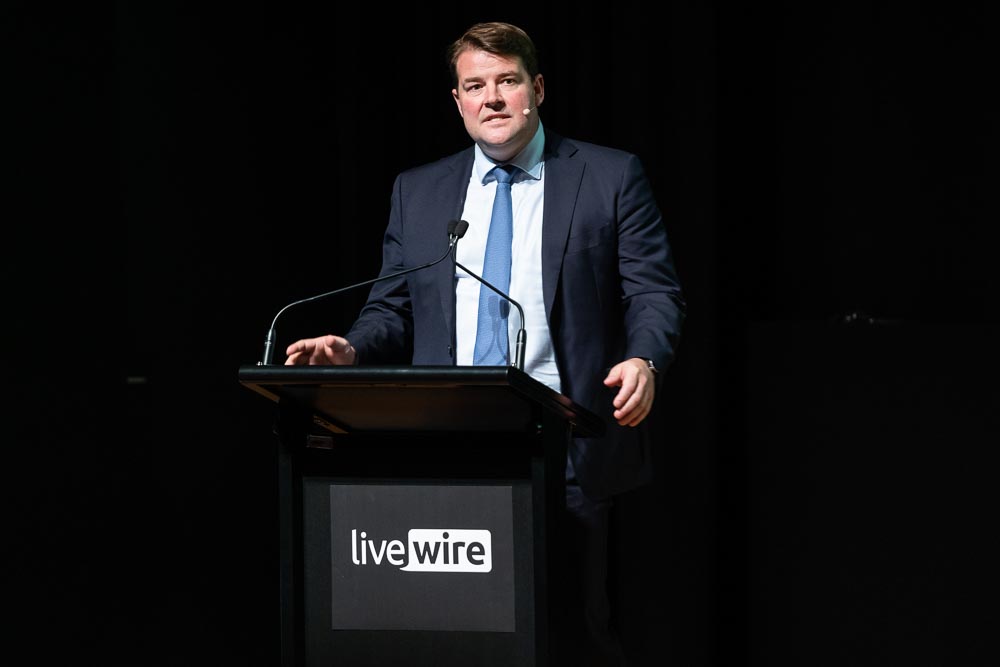What can we learn from the pioneers of QE?
The RBA’s decision to cut interest rates to a record low of 0.1 per cent while announcing a quantitative easing program of $100 billion brings Australia’s central bank in line with global counterparts.
As explored in part 1 of this series, recent statements by the RBA reflect material changes in thinking, which have now been backed up by action. Measures that were previously seen as unthinkable are now up for consideration given unprecedented circumstances and the exhaustion of traditional monetary policy.
Australia will be late to the party when it comes to QE and negative rates, with regions such as Japan, the US and Europe previously embracing variations of this theme. Accordingly, for part 2 of this Fixed Income series, we asked experts about the most valuable lessons investors can take away from the experience of other countries that have been down this path.
Responses from:
- Charlie Jamieson, Jamieson Coote Bonds
- Raf Choudhury, State Street Global Advisors
- Garreth Innes, Aberdeen Standard Investments
Never say never
Charlie Jamieson, Jamieson Coote Bonds

Image: Charlie Jamieson, Jamieson Coote Bonds
Clearly QE has been very much a currency target map. The major lesson from other episodes of QE is that they never end. There is not a QE program that has been successfully put back in the box and stored in the warehouse. Globally, they are all still in operation so it is a constant policy once traditional monetary policy has been exhausted – which is where we are in the western world.
QE is a constant, and trying to scale it back is the variable
Another lesson that we need to be reminded about is that the RBA is consistently doing things they told us they would not do. They do not want to do these things, but when other central banks embark on unconventional policies, the RBA get forced down the rabbit hole.
- They told us neutral rates were at 3% in the economy. That’s in a parallel universe.
- They told us they’d never go below 1.5% when they were there mid 2016 – mid 2019. We have gone to 0.10%.
- They told us they'd never do QE, however it is fully operational and about to get expanded.
- They told us they don’t want to do negative rates but when others do, that story comes undone and it must be re-examined.
They don’t want to do any of these things, that is important to note, but they are being forced into it as there is a diminishing rate of returns on traditional policies. Nevertheless, you have to get up and dance globally otherwise you will get left behind. Where certain stimulus is required, we will have those debates. The 'never-ever' commentary from them, you really have to observe them in the context of history and question their viability over time. Negative rates are something we will have to look at in the future, sadly.
Diversification is key
Raf Choudhury, State Street Global Advisors
While we don’t expect the RBA to go to the same extremes as Europe and Japan, we do think there are some key takeaways for investors. QE effectively does three things:
- Provides the market with liquidity
- Suppresses bond yields
- Provides a more compelling environment for equities
The key for investors in navigating a low/negative rate environment is diversification. Bonds might not look as attractive but they can still have a role to play in an investor’s portfolio. We think investors should be more selective in which parts of the market they target. We prefer floating rate debt and investment grade credit but even treasuries can still play a role.
Longer duration exposures can still provide some hedging to equity allocations. That is needed as QE will likely drive investors towards equities as they seek out returns.
With yields so low, the equity risk premium becomes more attractive and is additionally supported by the central bank put that from past experience accompanies QE. One thing we have learned is markets have become used to central bank support and will get jittery as they look to unwind. That might be some time off but is something that investors should be cautious of.
Thinking outside the fixed income box
Garreth Innes, Aberdeen Standard Investments
The principal issue facing investors is the lack of income from traditional sources, which means that investors are increasing their allocations to risky assets to plug the income gap. This brings increased risks of portfolio drawdowns which are difficult to recover from, particularly if one is close to retirement age.
If we are to look at Japan and Europe, one notable takeaway is that bonds do retain the capacity to perform as a hedge to risk assets during a selloff – the zero-bound has not been a constraining factor. With German 10 year government bonds at -0.60%, Australian government bonds at 0.80% look extremely attractive and they still have the capacity to fall from current levels, delivering capital gains that can offset losses on equities in a balanced portfolio.
With German 10 year government bonds at -0.60%, Australian government bonds at 0.80% look extremely attractive...
Conclusion
With yields tumbling, our experts encourage income-seeking investors to be diligent with their choices and not write bonds off completely. It is essential to keep a close eye on what the RBA as well as international Central Banks are doing in order to find opportunities in fixed income. In developing such expectations, be warned that unprecedented and previously written off actions may turn out to be the only way forward.
As the long term implications of central bank intervention sinks in, join me in Part 3 of this collection where we will explore where the major risks lie: Inflation or Deflation.
Ensure you are following my profile by clicking follow to be updated when this wire is posted.
Not already a Livewire member? Sign up today to get free access to investment ideas and strategies from Australia’s leading investors.
Enjoy this wire? Hit the like button to let us know.
2 topics
2 contributors mentioned

